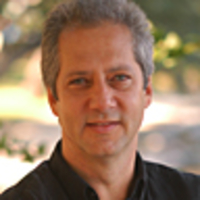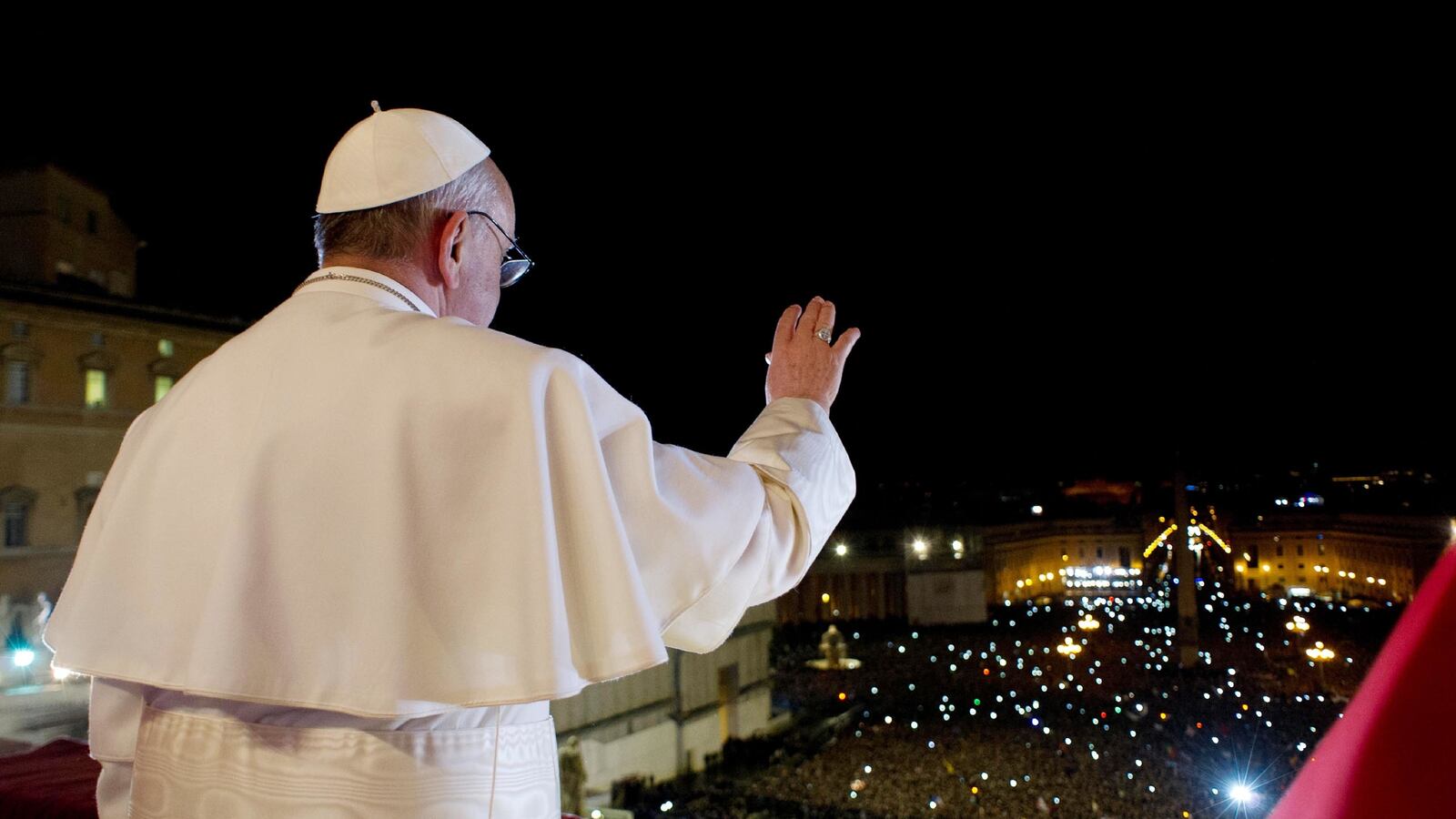The revelation of his name drew a collective gasp from the tens of thousands packed in Vatican City’s St. Peter’s Square. Looking serene and avuncular, in studious wire-rim glasses, Jorge Mario Bergoglio stepped slowly onto the balcony of St. Peter’s Basilica to become Francis I, making history in the Roman Catholic Church and throughout the Christian world.

Bergolgio, 76, is not just the first pope from Latin America but also the first from outside of Europe. He is a Jesuit as well, an outlier order in the mainstream church that many Vatican insiders and centuries of Catholic lore asserted would never produce a pontiff.
Few if any of the Vaticanistas and theological pundits who saturated the airwaves before and during the conclave got around to mentioning the Argentine cleric. And while Bergoglio was a dark-horse candidate during the conclave that elected Josef Ratzinger, his name did not figure on the bookies list of papapibles.
Yet it seems only fitting for a church in tumult and reeling from scandal that the 266th pope hails from outside the power axis of Rome—“It looks like my brother cardinals went almost to the end of the earth to find a bishop,” as Bergoglio joked. It’s also significant that he took the name Francis—Francisco in Spanish—after the humble friar who favored a wooden crucifix to gold, ministered to the poor, and eschewed ornate vestments for an unadorned robe.
News that a native son had been made pope swept through Argentina like the wind over Patagonia. In a country where political discontent has deepened, inflation has spiked, and where the biggest star is footballer Lionel Messi, suddenly a new national hero emerged. Revelers took to the streets in the national capital to chant “Viva el Papa!” (“Long Live the Pope!”) and “El Papa Es Argentino!” (“The Pope Is Argentine!”).
And despite what La Nación newspaper labeled as a history of “tense and chilly relations” between the archbishop and the Casa Rosada, President Cristina Fernández de Kirchner immediately sent congratulations to Bergoglio.
Even the irreverent sports tabloid Olé joined the merriment with a late-edition headline “After God, and Messi, Now the Pope Is Argentine.” This was a tongue-in-cheek reference to the famously unpenalized goal that former football star Diego Maradona scored with his hand in 1986, attributed to “the hand of God.”
Unexpected as his choice may have been, Bergoglio has long been a trusted member of the church’s hierarchy. The archbishop of Buenos Aires, capital of Argentina, he tendered his resignation in 2011 when he turned 75, according to church protocol. Pope Benedict XVI refused the letter and asked Bergoglio to remain in charge of one of Latin America’s largest archdioceses. Fittingly, one of his first gestures on the balcony in Rome was to pray for the “bishop emeritus,” now known as Cardinal Ratzinger.
A native porteño, as those born in Buenos Aires are known, Bergoglio became a priest in 1969 and rose in the Jesuit order to the rank of provisional superior in the mid-’70s, the darkest years of the Argentine military dictatorship.
He was ordained as a bishop in 1992, rising to archbishop of Buenos Aires in 1998 and then cardinal in 2001. He has spent his entire career in his native Argentina.
Though conservative on Catholic doctrine, toeing the traditional church line against abortion and same-sex marriage, Bergoglio is reputed for speaking out forcefully on social injustice and in defense of the disadvantaged. He once lashed out at the lopsided economic system that marginalizes the poor, decrying the “social debt” as “immoral, unjust, and illegitimate.”
He also spoke against social exclusion, drawing attention to the plight of street children and calling out the “well heeled who “have no regard for the poor.”






